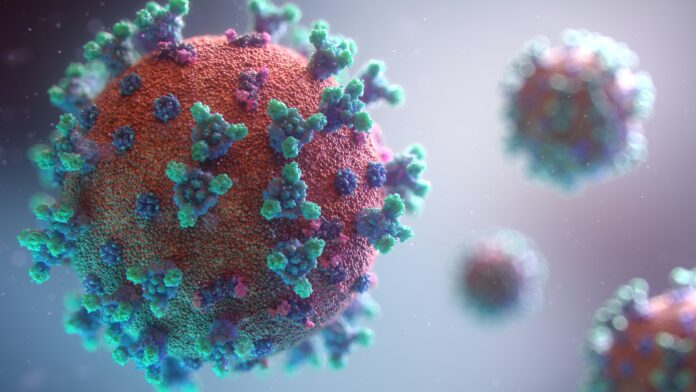In the Infection Radar survey, the percentage of participants who reported possible symptoms of COVID-19 last week increased compared to the week before that (rising to +6.0%). The number of Infection Radar participants who tested positive for COVID-19 also increased (rising to +1.4%) compared to the week before that.
The number of people who tested positive for COVID-19 reported to the Municipal Public Health Services (GGDs) stabilised (+2%). The number of people who were tested for COVID-19 by the GGD decreased slightly last week (-6.0%). The number of nursing home residents who tested positive for COVID-19 continued to increase last week (+14%).
On 6 December 2022, the reproduction number based on reported positive tests was 0.94 (0.82 – 1.07). The number of new hospital admissions of patients with SARS-CoV-2 increased somewhat (+9%) compared to the week before.
Numbers
According to the RIVM updates, last week 5,900 people reported positive corona test results as compared to 5,810 people the week before. There were 415 people newly hospitalised as compared to 382, the week before. The number of new ICU admissions of patients with SARS-CoV-2 increased. There were 38 ICU admissions last week (+46%), compared to 26 ICU admissions the week before. The COVID-19 related mortality number remained same to 13 compared to the week before.
Sewage surveillance
In week 49 (5 – 11 December 2022), sewage surveillance sewage surveillance showed that the national average viral load increased slightly compared to the week before (+9%). In the first half of week 50 (12 – 14 December 2022), the average viral load continued to increase, rising by +13%. The Omicron BA.5 variant and sub-variant BQ.1 were detected most frequently in sewage surveillance. More recombinants (variants that combine properties of multiple SARS-CoV-2 variants) and Omicron BA.2 sub-variants were also detected, particularly BA.2.75 and its sub-variants.
Virus variants from pathogen surveillance
Since early 2022, pathogen surveillance has shown that most of the variants of SARS-CoV-2 circulating in the Netherlands are in the Omicron lineage: sub-variants BA.1 through BA.5. Mutations are also emerging within these sub-variants. The same pattern is occurring in other countries as well.
Omicron BA.1 and BA.2 were initially dominant in the Netherlands, followed by BA.5; since week 48, BQ.1 (including BQ.1.1) has been responsible for the highest number of infections. We are also seeing an increase in BA.2.75 and recombinant XBB. At this time, there are no indications that these sub-variants would be more likely to cause severe illness compared to previous Omicron sub-variants.
The latest calculations suggest that BQ.1 may remain dominant in the Netherlands for some time. The percentages of sub-variants BA.2.75 and XBB are also increasing, so it is possible that multiple sub-variants may continue circulating simultaneously for some time. New variants or sub-variants may also emerge.
Translated by: Yawar Abbas
Source: RIVM.nl
















